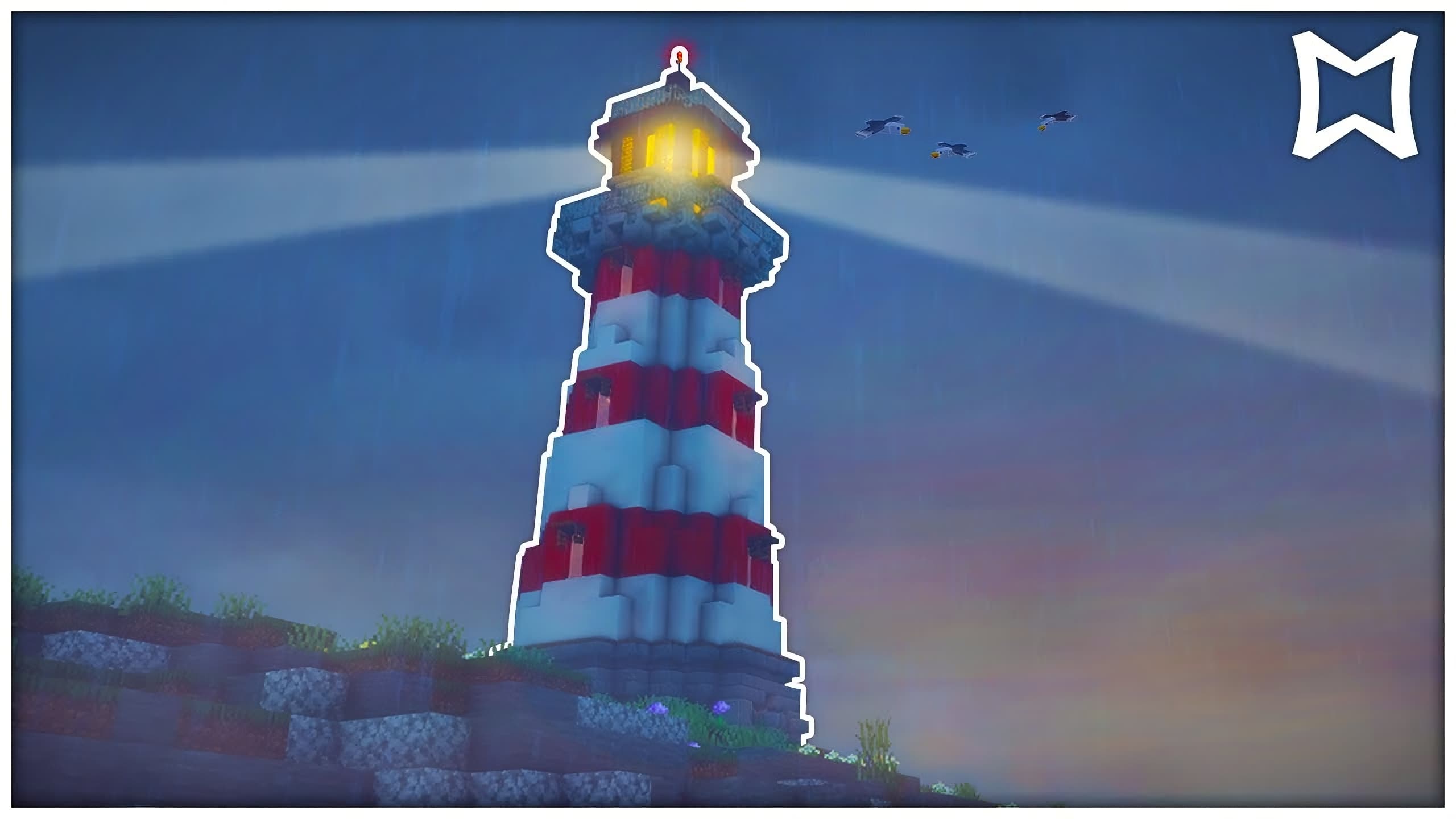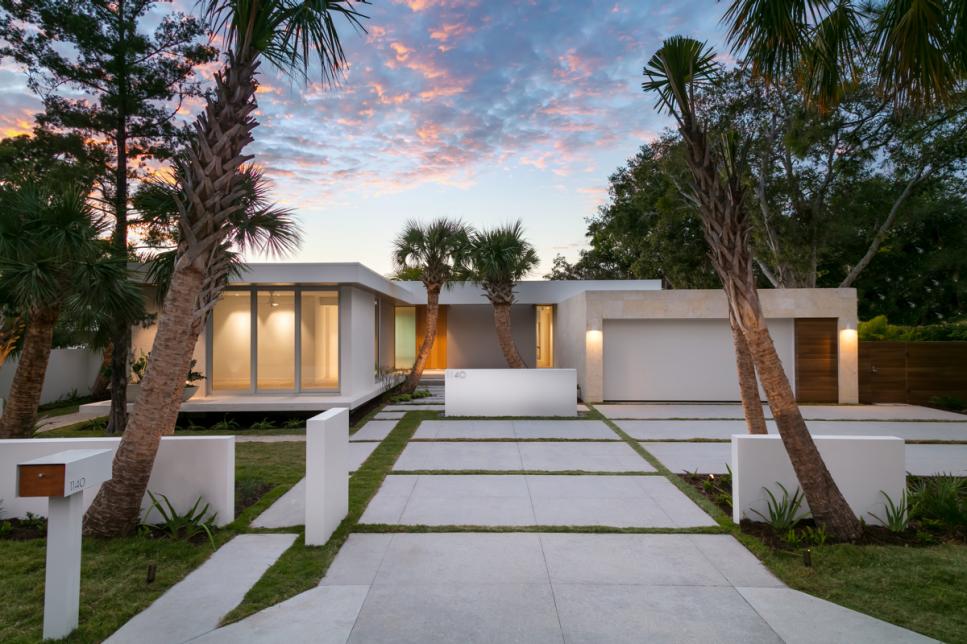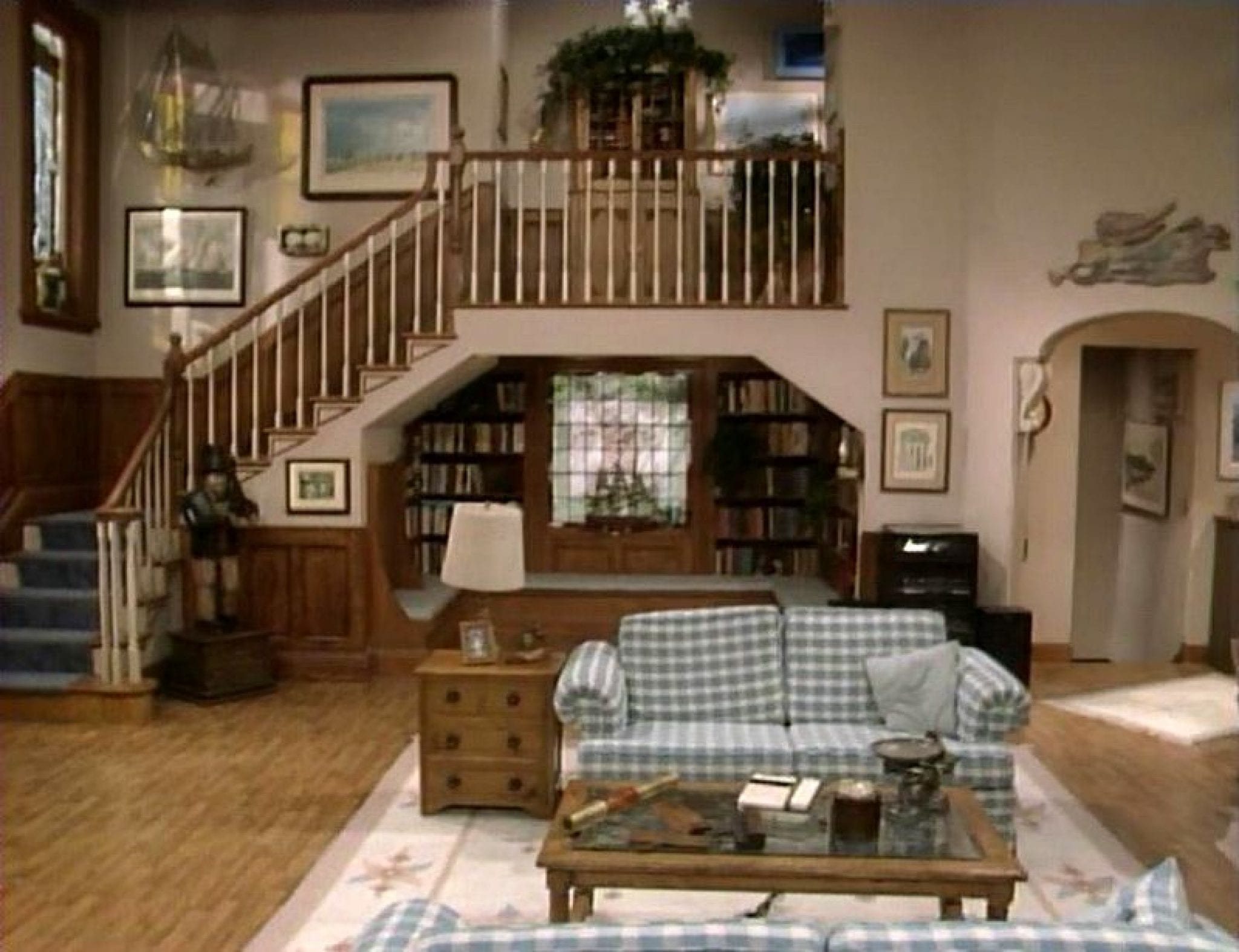Table Of Content

Constructed in 1856, the structure is the oldest screw-pile lighthouse in Maryland and can be found today on Baltimore’s Inner Harbor, serving as a museum exhibit. The Seven Foot Knoll Lighthouse consists of an iron gallery deck upon which a circular house rests, with a small light tower built on top. Constructed upon a rocky, columnlike islet in Andros, Greece, the Tourlitis Lighthouse is the only lighthouse in all of Europe to be built on a rock at sea. The structure was first used in 1897 and is significant for being the first “automatic” lighthouse in Greece, making it more reliable than most at the time.

Modern lighthouses
Exploder was a programming tool for storing Objective-C objects in a relational database. Directly, and in 1991 spun off the Exploder into a new startup, Persistence Software. If desired, pour cement onto the pre-marked foundation and smooth it out into an even layer. This is an important step as not only does it ensure that each wall is equally sturdy but it will provide added protection against wear and tear due to weathering over time.
Introduction to Creating a Beautiful Lighthouse Out of Free Wooden Plans
Like many building types that have followed the same trajectory in their evolutions, architects and designers must strategize new ways to design within the lighthouse typology, but also allow the building to take on new functions. The lighthouse’s historic significance and connection to nature have made it the ideal retreat or place of reflection. Aligning two fixed points on land provides a navigator with a line of position called a range in North America and a transit in Britain. Ranges can be used to precisely align a vessel within a narrow channel such as a river. With landmarks of a range illuminated with a set of fixed lighthouses, nighttime navigation is possible.
Lighthouse architecture: 10 contemporary projects that never go out
Cordouan thus became the first lighthouse to be built in the open sea, the true forerunner of such rock structures as the Eddystone Lighthouse. He innovated in the choice of light sources, mountings, reflector design, the use of Fresnel lenses, and in rotation and shuttering systems providing lighthouses with individual signatures allowing them to be identified by seafarers. He also invented the movable jib and the balance-crane as a necessary part for lighthouse construction. Free wooden lighthouse plans is a collection of blueprints and diagrams of lighthouses built from lumber and other materials. These plans are typically provided by experienced woodworkers and DIYers who want to share their building process.
Great American Lighthouses
It was 135 feet in diameter at the base and 100 feet high, with an elaborate interior of vaulted rooms, richly decorated throughout with a profusion of gilt, carved statuary, and arched doorways. It took 27 years to build, owing to subsidence of the apparently substantial island. By the time the tower was completed in 1611, the island was completely submerged at high water.
Ideabooks
The Argand lamp, invented in 1782 by the Swiss scientist, Aimé Argand, revolutionized lighthouse illumination with its steady smokeless flame. The Argand lamp had a sleeve-shaped candle wick mounted so that air could pass both through the center of the wick and also around the outside of the wick before being drawn into cylindrical chimney. Early models used ground glass which was sometimes tinted around the wick. The lamp was first produced by Matthew Boulton, in partnership with Argand, in 1784 and became the standard for lighthouses for over a century. Written descriptions and drawings of the Pharos of Alexandria provide information about lighthouses, but the tower itself collapsed during an earthquake many centuries after its construction in the 3rd century BC by the Greeks.
In 2008, the Jupiter Lighthouse Reservation was Congressionally-designated Jupiter Inlet Lighthouse Outstanding Natural Area. Ownership of the lighthouse and former Coast Guard station was transferred to the Bureau of Land Management in 2019. The lighthouse remains an active public Aid to Navigation, with 1 of only 13 active First-Order Fresnel lenses in the entire United States. The non-profit Loxahatchee River Historical Society (LRHS) first opened a lighthouse museum on site in 1973. Since 1994, LRHS has served as the modern keepers of the Jupiter Light through a formal agreement to restore and preserve the lighthouse, and to provide visitor access and historical interpretation.
The three-foot-long seal, probably about eight or nine months old, just climbed up the rocks one day, shortly after New Year’s in 1966, and made his way into the engine room. On October 11, 1923, Head Keeper Frank Weller was working on Los Angeles Harbor Light No. 6 with his launch tied fast to it, when the steamer Coalinga collided with the beacon and lunch, forcing the keeper to swim for shore. The keeper’s uniform coat and cap were lost overboard during the collision. The Union Oil Company of California, the owner of the steamer, reimbursed Keeper Weller $46 to cover his loss. In 1922, Keeper Weller, then the station’s first assistant keeper, was commend for rescuing two sails from the USS California whose motor launch wrecked on the breakwater.

New highlighted functions include a concrete lighthouse in Greece, a retirement complex in the Rocky Mountains of Lebanon, and a thermal hotel and spa in Cappadocia. As technology advanced, prefabricated skeletal iron or steel structures tended to be used for lighthouses constructed in the 20th century. These often have a narrow cylindrical core surrounded by an open lattice work bracing, such as Finns Point Range Light. Lighthouses mark dangerous coastlines, hazardous shoals, reefs, rocks, and safe entries to harbors; they also assist in aerial navigation. Once widely used, the number of operational lighthouses has declined due to the expense of maintenance and has become uneconomical since the advent of much cheaper, more sophisticated and effective electronic navigational systems.
The success in the design not only stems from its pleasing visual appearance, but also in the redefinition of an aging typology. The lighthouse, as a building typology, has slowly evolved into a cultural relic as new technologies render it redundant. Such paired lighthouses are called range lights in North America and leading lights in the United Kingdom. The closer light is referred to as the beacon or front range; the further light is called the rear range. A great design shows the world what you stand for, tells a story and makes people remember your brand.
While lighthouse buildings differ depending on the location and purpose, they tend to have common components. Logo design for Christian Church, Icon is basically drawing of the original lighthouse of that area. A business co op designed to promote tourism to Long Beach Island, New Jersey. It has a large deck and a sunroom and, according to reviewers, is located close to waterfalls and forest hiking trails.
She has traveled to 60 countries before the age of 30 while running several digital travel publications. Her writing and podcast have been featured in Forbes, CBC Canada, National Geographic, the Huffington Post, and CNN Arabic, amongst others. She’s obsessed with bouldering, houseplants, other people’s pets, and anywhere she can see the ocean. Day visitors are permitted on the island Saturdays throughout the summer.
However, it was fully reconstructed nearly 50 years later in 1994 and has been in operation ever since. Art takes center stage in this week’s article with a different kind of museum for Burning Man, a futuristic art center in Slovakia, a museum dedicated to writing, and the Chinimachin Museum, inspired by the urban fabric of the city of Bayburt in Turkey. Moreover, the editorial showcases integrated houses, a redevelopment of a city block in London and mixed-use projects in Ukraine and Poland.
While several vessels, including the errant battleship Oklahoma did strike the breakwater, it hasn’t been verified that any of them actually struck the lighthouse. In this activity, students read about two problems encountered by ships at sea. The compare different lighthouse pictures and identify common parts of lighthouses. They look at the patterns on lighthouse towers, learn why there are many different ones used, and draw their own unique lighthouse pattern. They design a lighthouse model, then build one using materials found around the house. This activity is adapted from a grade 1 physical science module in Smithsonian Science for the Classroom.
John Smeaton's Eddystone lighthouse designs shown in Leeds - BBC
John Smeaton's Eddystone lighthouse designs shown in Leeds.
Posted: Sun, 29 Oct 2023 07:00:00 GMT [source]
Built to safely guide ships to harbor, lighthouses tell the story of technologies and cultures throughout the millennia. Structures like Thomas Point Shoal Light Station and Seven Foot Knoll Lighthouse show the popularity of screw-pile lighthouse design in mid-19th century American architecture. The nearly 2,000-year-old Tower of Hercules in Spain is shrouded in myth and stands today as a testament to ancient Roman craftsmanship. Modern lighthouses, like the 436-foot-tall Jeddah Light in Saudi Arabia, reveal the remarkable potential of human ingenuity. A light station comprises the lighthouse tower and all outbuildings, such as the keeper's living quarters, fuel house, boathouse, and fog-signaling building. The Lighthouse itself consists of a tower structure supporting the lantern room where the light operates.
Every year in August, a temporary metropolis is erected in Black Rock City, Nevada. This is Burning Man, an annual event of art and architecture that attracts some 70,000 participants. What is incredible is that they come together to construct an ephemeral city that lasts for 7 days. These people assume the role of architects and construction workers and use the desert to build all sorts of shelters in a fast, sustainable way. The desert is so remote, and everything built in Black Rock City is packed and taken home at the end of the event, and some of the art is burned on site. Once an essential water navigation tool, Cimini’s design successfully preserves the conceptual elements of the lighthouse building type, while divorcing the building-type from its function.











